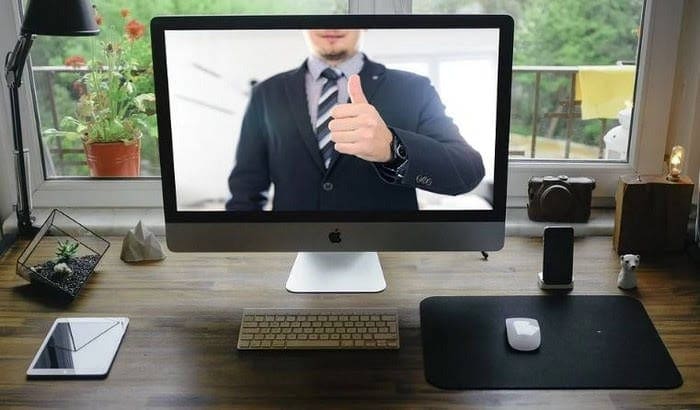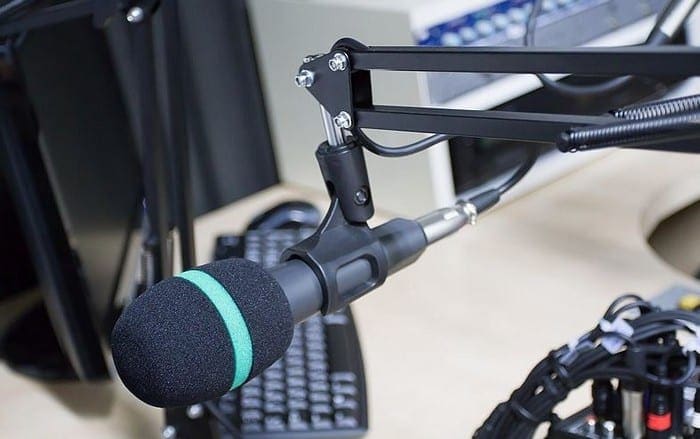Occasionally when in a Zoom call or meeting, you may want to record what’s happening. There are many reasons you could want to record a meeting, from saving a family lockdown moment to giving you a chance to check that your lecture notes are correct.
Tip: One thing to bear in mind before recording anything, is that it’s good manners to ensure that people know they’re being recorded if you have any plans to share the recording, especially on the internet. Additionally, you may encounter contractual or legal issues if you record and share some meetings.
Of course, if you’re recording a meeting, the recording will need to be saved somewhere. By default, Zoom saves recordings to your “Documents” folder, in a folder named “Zoom”. If you don’t have the space in your C drive, or if you just want to save the recordings somewhere else, you can do so pretty easily in Zoom’s settings. To access the settings, click on your user icon in the top-right corner, then click on “Settings”.

Once in the settings, switch to the “Recording” tab. To change the default save location for your recordings, click “Change” in the top-right, then browse to the directory that you want to use. If you want to be asked where to save the recording every time you make a recording, tick the checkbox labelled “Choose a location for recorded files when the meeting ends”.
Note: You should make sure that you have enough free storage space in the location that you configure; video files can take up a lot of space very quickly.
Tip: It’s recommended that you record to a local hard drive as Zoom may struggle to upload video to cloud services fast enough if you have a slow internet connection.






Same. Window will not allow editing after hitting change. When creating folder in local systems folder window, files will not allow selection. It only allows selection of folders, which only opens the folder.
my zoom does not have this dialog box come, when I click on the zoom icon, I only receive join meeting or sign in there is no configuration icon on the top right of the window
The feature is alos just not working for me either. I select change, then select the folder on my harddrive and nothing happens.
It isn’t working. That feature is simply not working in my environment.